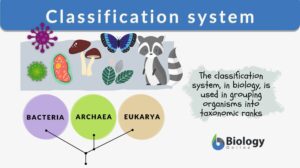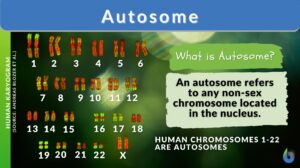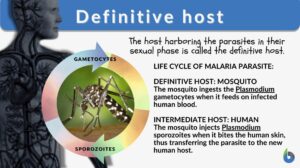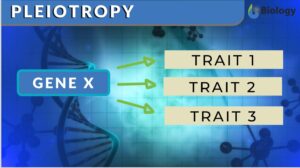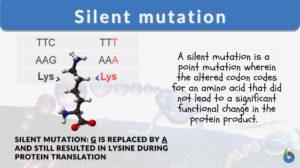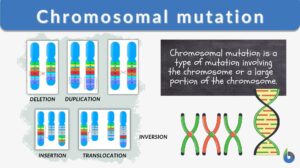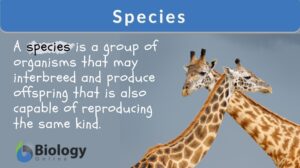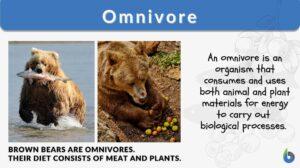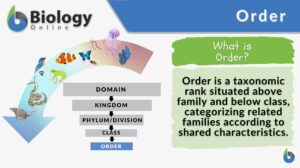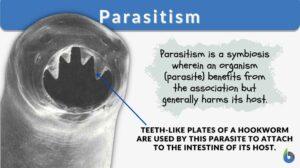Search Results for: cat
Classification system
Classification Systems Definition In life, many things are classified, that is, to put into categories or groups based on... Read More
Domestic cat
Definition noun, plural: domestic cats A small domesticated Felis species, e.g. F. domestica or F. catus Supplement The... Read More
Toxoplasma gondii
Definition noun A parasitic protozoon of the taxonomic family Sarcocystidae that causes toxoplasmosis Supplement Toxoplasma... Read More
Actions of Caffeine in the Brain with Special Reference to Factors That Contribute to Its Widespread Use
IV. Actions of Caffeine on Brain Functions and Behavior Having discussed the molecular and neuronal actions of caffeine,... Read More
Common name
Definition The local name given to a particular species of a plant, as opposed to the scientific latin or greek name, which... Read More
Multiple alleles
Alleles are the pairs of genes occupying a specific spot called locus on a chromosome. Typically, there are only two alleles... Read More
Definitive host
Different Biological Relationships The biological world is interconnected whether we notice it or not. All the life forms... Read More
Pleiotropy
Pleiotropy Definition When one single gene starts affecting multiple traits of living organisms, this phenomenon is known... Read More
Anatolian leopard
The Anatolian leopard (Panthera pardus tulliana) was once described as a distinct subspecies of leopard native to Anatolia... Read More
Gastric chief cell
Definition noun, plural: gastric chief cells An epithelial cell that is found mainly in the mucosal layer of the stomach... Read More
Parasite Rex : Inside the Bizarre World of Nature’s Most Dangerous Creatures
Parasite Rex : Inside the Bizarre World of Nature's Most Dangerous Creatures ... Read More
Flehmen response
Definition noun A behavior in certain animals wherein the animal curls back the upper lip thereby exposing the front teeth,... Read More
Tapetum lucidum
Definition noun, plural: tapeta lucida A layer of tissue in the choroid or in the retinal pigment epithelium of the eye of... Read More
Binomial nomenclature
Binomial Nomenclature Definition Binomial nomenclature is a binomial system of naming a species. A binomial name is... Read More
Terrestrial animal
Definition noun, plural: terrestrial animals Any animal that lives, grows and reproduce on terrestrial (or... Read More
Silent mutation
A mutation is a change in the nucleotide sequence of a gene or a chromosome. When there is only one nucleotide involved, it... Read More
Chromosomal mutation
Every living thing is made up of DNA. Our DNA is what makes us unique and different in the world. Our DNA is made up of... Read More
Parasitism
Organisms depend on different sources of food to survive. Larger organisms like plants make their own food (autotrophs) and... Read More

